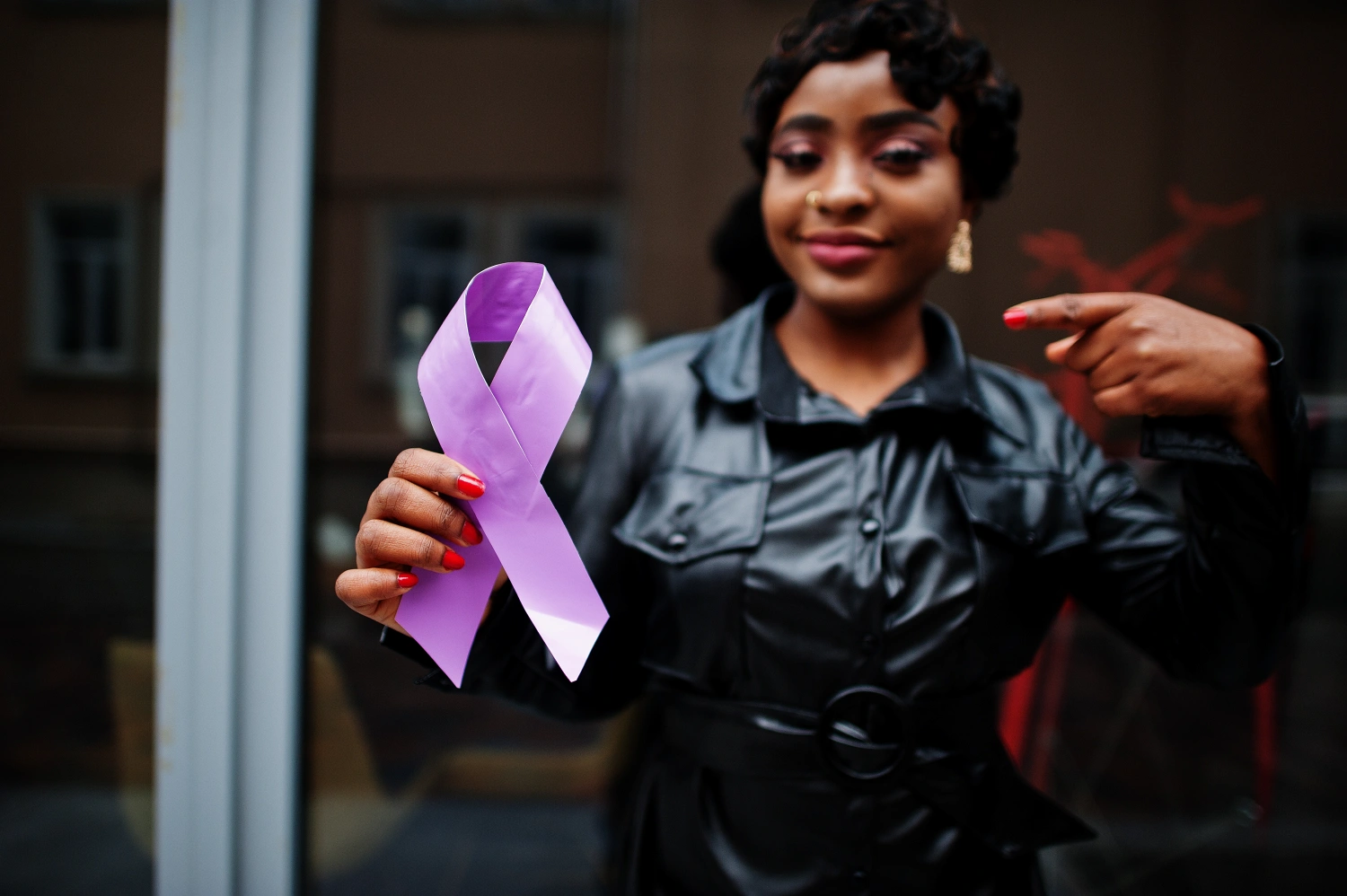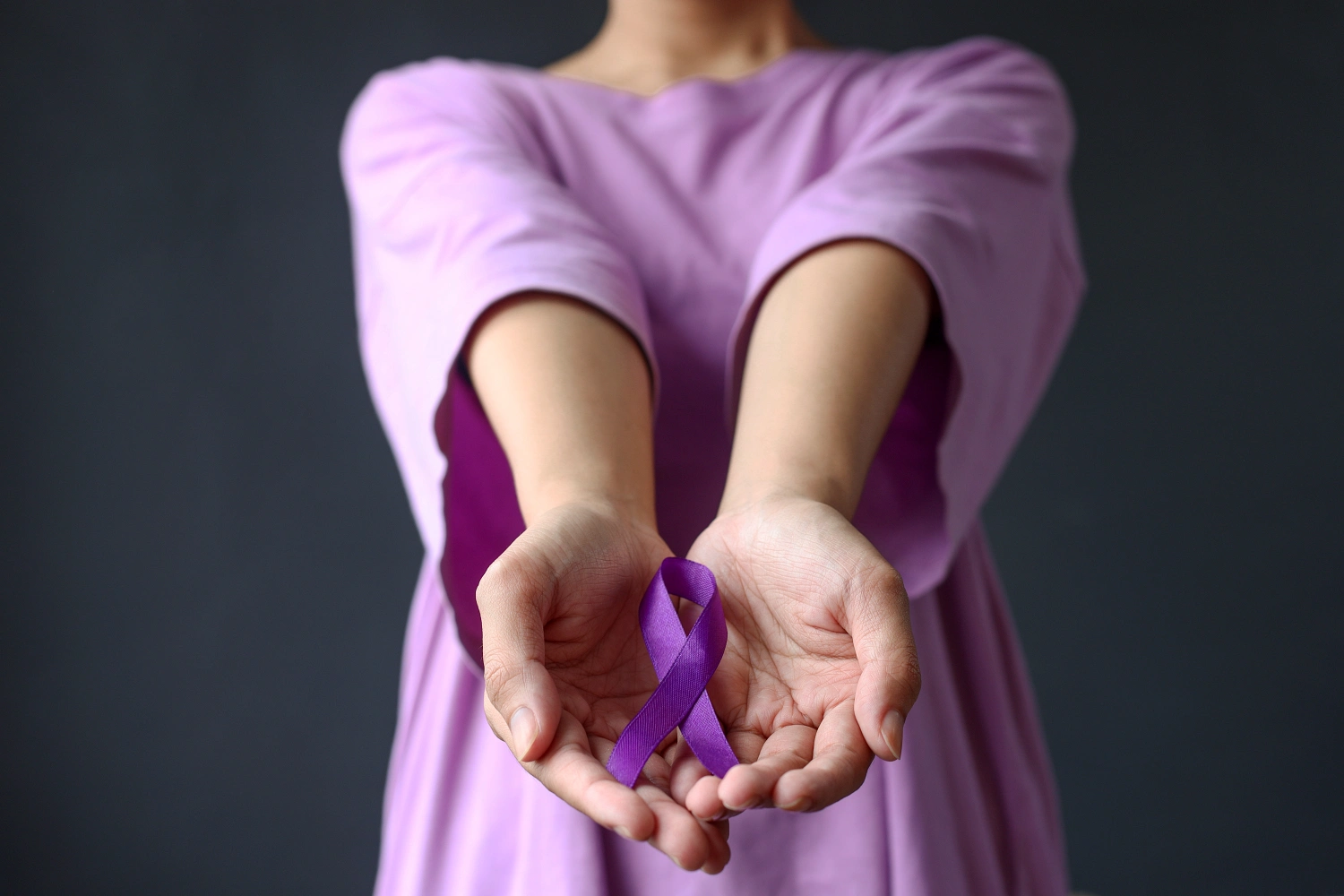About Us
Our Story
About LUP of Love
LUP of Love was founded out of a heartfelt desire to shift the misconceptions surrounding lupus and provide a loving, supportive environment for those living with the disease. Our journey began when we saw firsthand the challenges faced by individuals with lupus, from limited access to resources to the emotional toll of navigating life with an often misunderstood illness.
Since our founding, we have been dedicated to helping people with lupus live full, empowered lives through knowledge, community, and holistic wellness. We’ve grown from a small circle of advocates into a thriving 501(c)(3) nonprofit, uniting individuals, caregivers, and allies to create a space where no one has to face lupus alone.
Our organization stands on three core pillars: WELLNESS, COMMUNITY, and access to critical RESOURCES. Through innovative campaigns, educational programs, and empowering events, we aim to break down barriers, foster connection, and transform the lives of those affected by lupus.
At LUP of Love, we are committed to helping everyone in our community embrace their full potential and live the vibrant, fulfilling life they deserve—because with the right support, living with lupus means living fully.

Mission
At LUP of Love, we believe that knowledge and awareness can help shift general misconceptions about lupus. By creating a trusted, loving environment where people can explore and connect, we’re breaking down barriers while empowering individuals to live full lives with this disease.
Vision
Our vision is a world where lupus is fully understood, and every person affected by it has the resources, support, and community they need to live a full and vibrant life—without limitations, stigma, or misconceptions. We envision a future where holistic wellness and empowerment transform the lupus experience, allowing individuals to thrive and live life on their own terms

Impact
Our reach spans the United States, United Kingdom, Canada, The Bahamas, Jamaica, and Nigeria, with significant impact in major cities such as Miami, Austin, New York, Nassau, Los Angeles, Houston, and Philadelphia. With over 10,000 individuals in our network, 88% of whom are women, we’ve transformed countless lives by breaking down barriers, reducing stigma, and fostering a culture of understanding. Every day, we help people not only manage lupus but thrive—living full, confident lives beyond their diagnosis.
Wellness, Community, Resources
The Three Pillars of Lupus Support
Wellness

Community
Resources
Frequently Asked Questions

What is Lupus?
Lupus also known as, “the great imitator” is a chronic autoimmune disease that can damage many parts of the body and its systems. This inflammatory disease takes place when the body’s immune system attacks its own tissues and organs.
What does the above mean?
Typically, our immune system (a network of cells, tissues, and organs) acts as a guard by producing antibodies (immunoglobulin’s/blood proteins) that protect our bodies from foreign invaders. In people with lupus, the immune system cannot tell the difference between “good” and “bad” tissues (also known as autoimmunity) and therefore attacks them all. The autoantibodies produced as a result of autoimmunity can be destructive to the body and can affect the skin, joints, kidneys, lungs, blood cells, brain and even the heart.
Are there different types of Lupus?
Yes. There are four types, outlined below:
Systemic Lupus Erythematosus
(si-stem-ik loo-puhs er-y-the-ma-to-sus)
Also known as SLE is the most common kind of lupus and can be mild or severe. Persons diagnosed with SLE can expect to live with lupus for the rest of their lives. With treatment however, majority of people with SLE can expect to live normal lives. SLE may affect the skin and organs.
Discoid Lupus Erythematosus
(dis-koid loo-puhs er-y-the-ma-to-sus)
DLE is a form of lupus that affects the skin. Disk like lesions or rashes usually red in color and scaly in texture can be formed on different areas of the body typically those areas exposed to the sun (also called cutaneous lupus erythematosus). Favoring the face, a “butterfly” like rash on the bridge of the nose and cheeks are usually associated with discoid lupus however; other rashes or lesions may formed on the scalp, ears, feet, and mouth. People with DLE may also experience hair loss and or scaring when lesions occur in hairy areas.
Neonatal Lupus
(nee-oh-neyt-l loopohs)
This is a condition that newborns acquire at birth. Mothers of neonatal infant don’t essentially have lupus. Passed on from the pregnant mother to the developing fetus via the placenta, this rare condition may cause a red rash or skin eruption, and more seriously congenital heart block in which the infant may be required to wear a pacemaker. Since the fetus is unable to makes antibodies on it’s own, throughout pregnancy antibodies travels across the placenta from the mother’s blood stream to the developing fetus. Autoantibodies are antibodies that can accidently damage healthy tissues and organs. In neonatal lupus, autoantibodies also cross over the placenta and affects the fetus ultimately the infant.
Drug-Induced Lupus Erythematosus
Specific prescription drugs usually cause this form of lupus. DILE occurs within days/months of withdrawal from particular prescription drug. The symptoms of DILE are similar to those of SLE. Common medicine known to cause drug-induced lupus are:
- Procainamide- Treatment for heart
- Hydralazine- Treatment for hypertension (highblood pressure)
- Isonaizid- Treatment for Tuberculosis (TB)
Where can I find out more?
Start with our blog!

